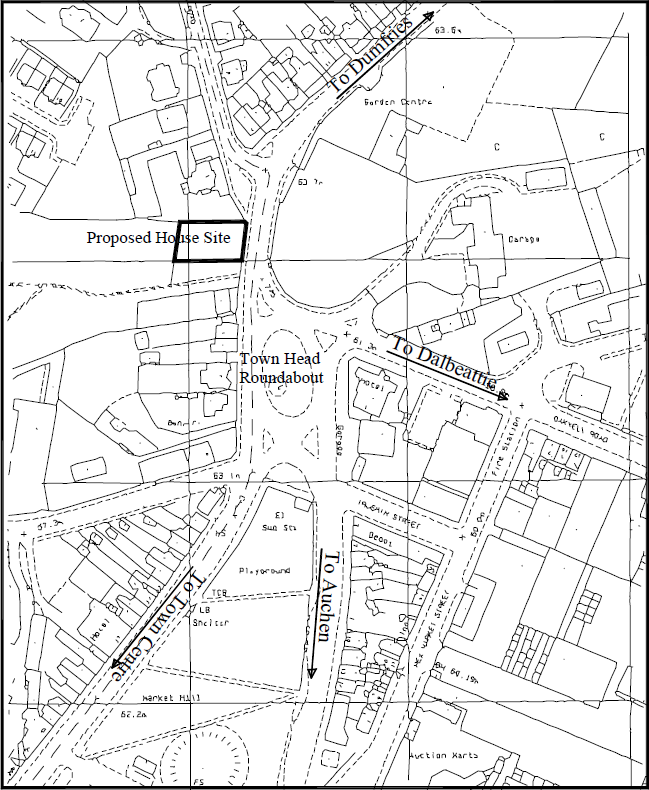Hello... I'm new here and I'm not even sure if I'm in the right place but I'm looking to get some help with regarding home porperty boundaries. For starter I live in Brampton, Onatrio Canada . Can anyone direct me were I might get the help I need? I have a neighbor from hell that rents her home. I trying to get our fence redone since the fence is pretty much shot/finish. It hard to reach this owner since the renter are of no use either. Any ways this spring we had soome bad storms causing are fence to collapse . I been trying to get it fixed but can't get the neighbor in on the repairs. So now I am left I assuming going to the city over it, yes ? Also, what I want is prove where my porperty boundaries are beforehand to be sure before I do anything, any help would be much appreciated, thanks
Oh, by the way if this is an none Canadian forum site please just delete my account. I believe I need to locate the correct area
Oh, by the way if this is an none Canadian forum site please just delete my account. I believe I need to locate the correct area
Last edited:





